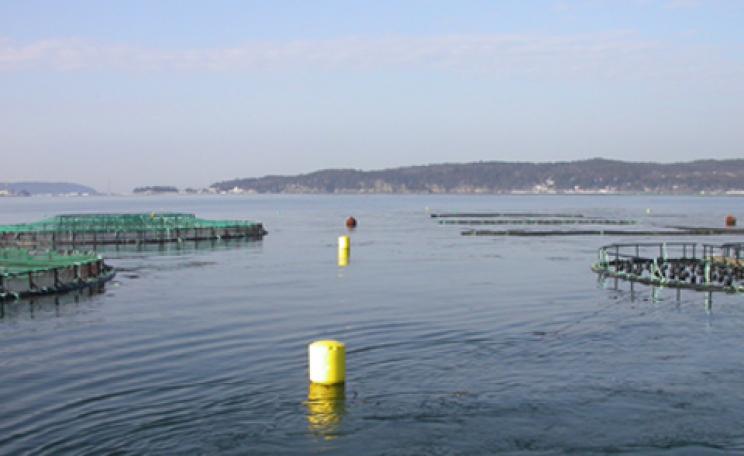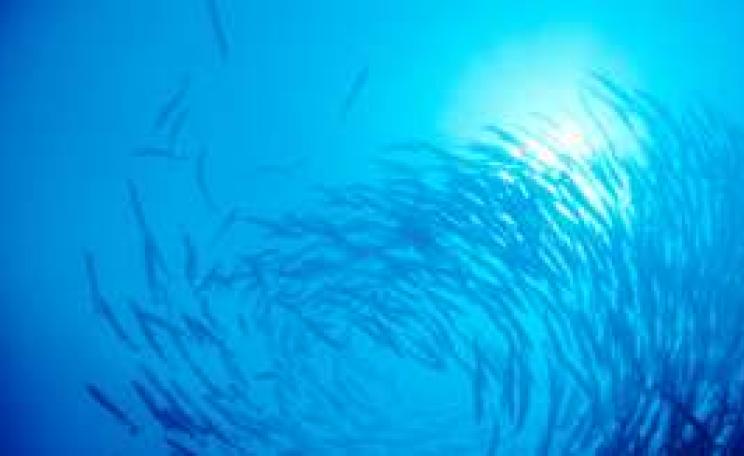Earlier this year, I visited Jimmie Hepburn on his carp fish farm in Devon earlier this year to interview him for the Ecologist’s ‘Visionaries’ issue.
Hepburn’s setup involved a series of earth-dug ponds filled with carp, which were fed on a combination of manure (to stimulate algal growth), organic cereals and worms raised on scraps from a local veg-box scheme. ‘Whole system farming’ was what the ecology degree-holding farmer called it.
Part of Hepburn’s operation was a consultancy that encouraged people to start farming fish for food at home. I accepted at the time that the concept was possible, but, given the scale (and unfavourable economics) of Hepburn’s own farm, I couldn’t quite see how it could stack up in the suburban back garden.
Reading Bevan Suits’ new e-book, The Aquaponics Guidebook, has convinced me otherwise.
Proving in a single stroke the relevance, readability and usefulness of the e-book format, Suits’ guide is the ultimate inspiration for anyone interested by the idea of producing vegetables and raising fish on a micro-scale and in a sustainable way.
Although the book is intensely practical, the philosophy behind it is very clear.
‘We have only a vague idea what’s in our food, where it comes from, who grows it or who pockets the profits,’ Suits writes. ‘This uncertainty is what drives our interest in creating local, decentralised agricultural economies. We have become a culture of 99 per cent consumption, 1 per cent production when it comes to food. The more we grow our own food, the better it is for everyone.’
And with that, The Aquaponics Guidebook launches into a fascinating world of linking ecosystems, using the nutrients in fish waste to grow plants, which in turn act as a filtration system, cleaning the water.
 |
| A diagram from the book indicating the symbiotic nature of aquaponics, recycling resources throughout animal, bacterial and plant ecosystems |
The fish (Suits recommends tilapia, which are omnivorous, hardy and palatable) can grow from tiny fingerlings to 500g, table-ready specimens in just eight months.
At the other end of the ecosystem, with the right amount of light, plants such as basil and lettuce can be grown in the nutrient-rich water. Suits says that they can go from seedlings to harvest-size in six weeks.
They are impressive claims, but the book is at pains to stress that aquaponics is a scalable solution – it can go from a setup with a footprint not much bigger than a couple of washing machines to huge, polytunnel enclosed solutions over several acres.
‘Find what works best for you and don’t let all the details and discussions prevent you from getting your hands wet,’ Suits writes. ‘It’s hard to screw up a small system.’
Beyond simply growing food in a local, nutrient-efficient and sustainable way, the book puts forward the idea that farming like this might even be a form of education:
‘Learning aquaponics is really learning to manage an ecosystem. The cycle of life/death/rebirth is right there. Yet it’s not a completely closed loop, as nature is. We still have to maintain it and feed the fish. For children, this is a great lesson in how everything is connected. About 500 schools in the US are using aquaponics or aqua-culture in their curriculum.’
The acknowledgement that aquaponics ‘is not a completely closed loop’ is important, and not something Suits tries to hide. Various inputs are required for a successful system, including some form of fish feed (although this can, the book says, involve home-grown duckweed and worms), electricity for pumps, heat, and possibly some supplementary nutrients for the plants (fish waste is high in nitrogen, but can be deficient in potassium and phosphorus).
Although no pesticides are used, the system isn’t organic: as it involves no soil, it doesn’t really stand much chance of a Soil Association stamp. Whether it produces plants as nutritious as soil-grown crops is a matter to be decided by plant scientists – time will hopefully tell.
Part of the charm of this book lies in Suits’ effortless transitions from grand philosophical visions – ‘we could be inventing a new economy built on fish and vegetables’ – to sage, practical wisdom – ‘Do not give [the fish] names. It’s easier that way at harvest time’. It’s an approach that helps makes this book accessible to all – which is exactly what it needs to be.
The future of food will very much be dictated by our attitude to protein: if we continue along the intensively reared, high-meat course set by the West in the last few decades, it’s difficult to see how any serious greenhouse gas reduction targets can be met.
If, on the other hand, we are prepared to embrace ecosystem-mimicking attitudes to farming, such as those described by Suits and practised by Hepburn, then there’s just a chance we may be able to have our fish and eat it.
Click here to find out how to buy The Aquaponics Guidebook.
Mark Anslow is the Ecologist’s editor
See also







